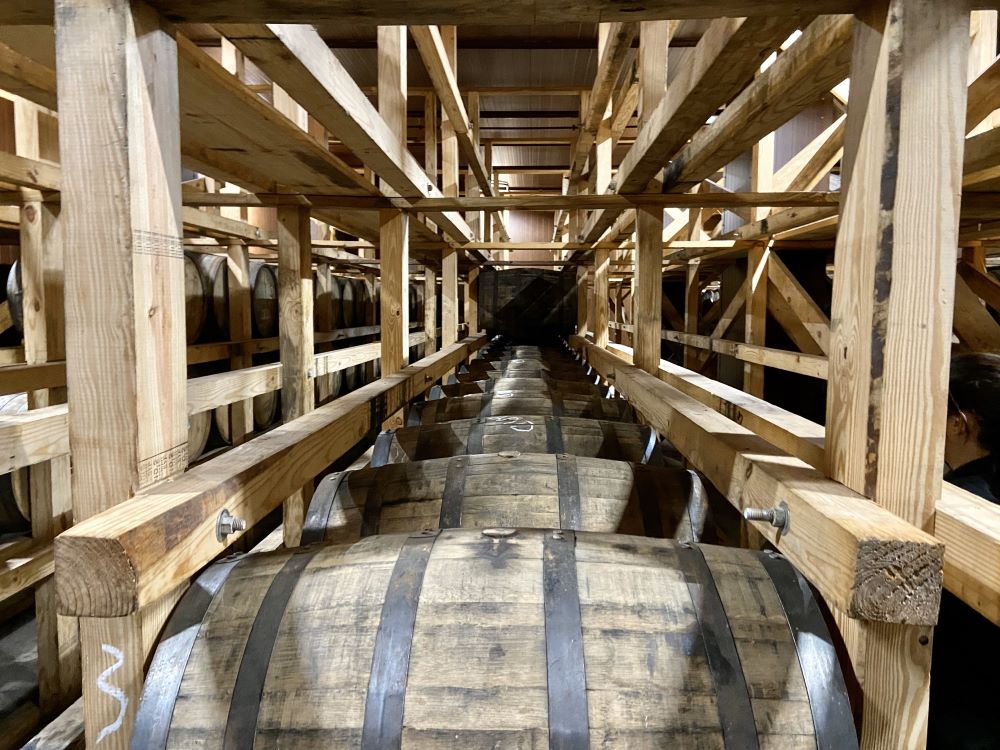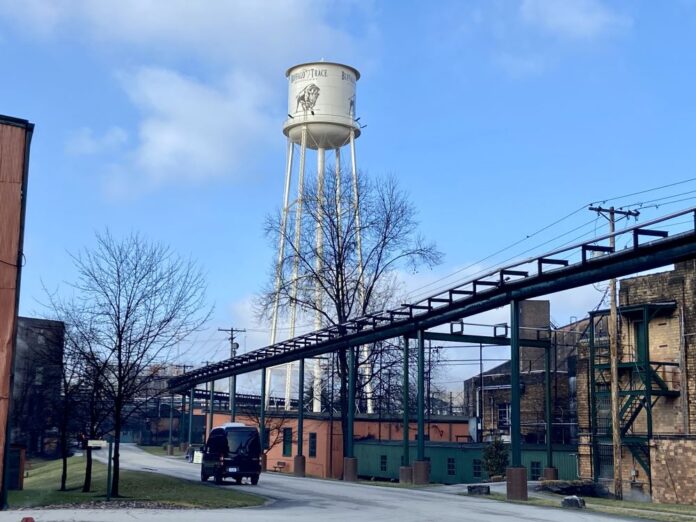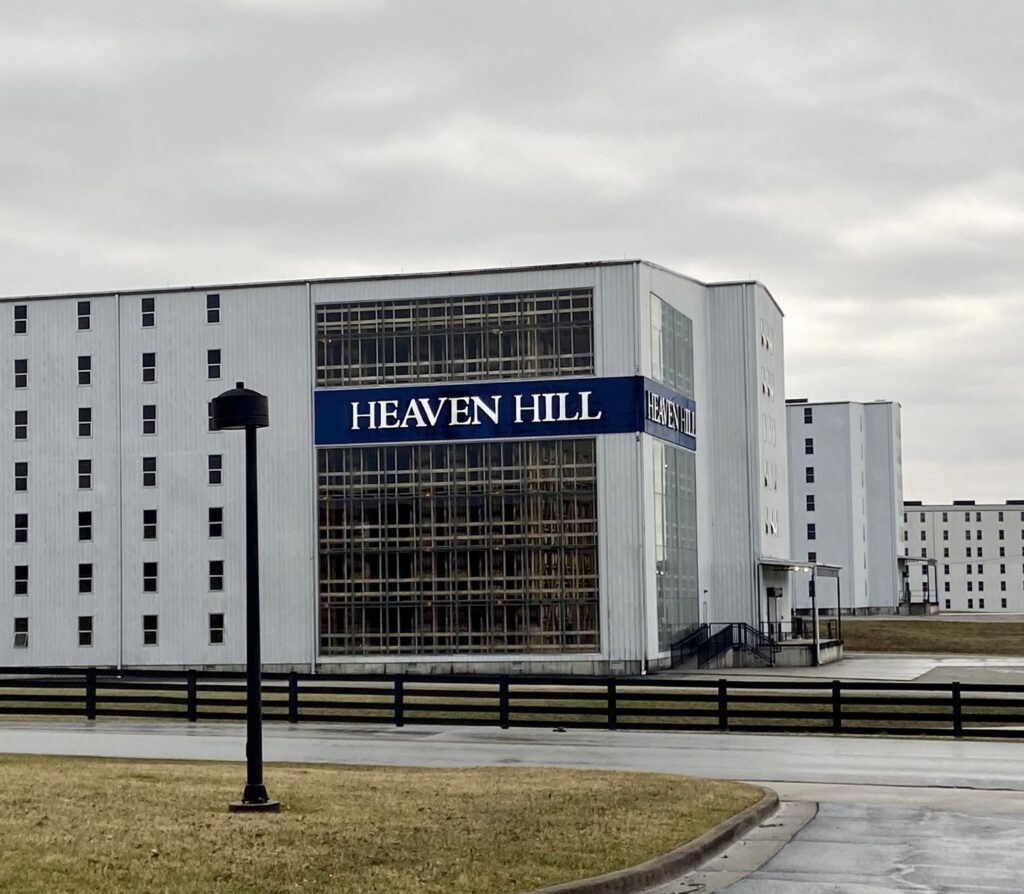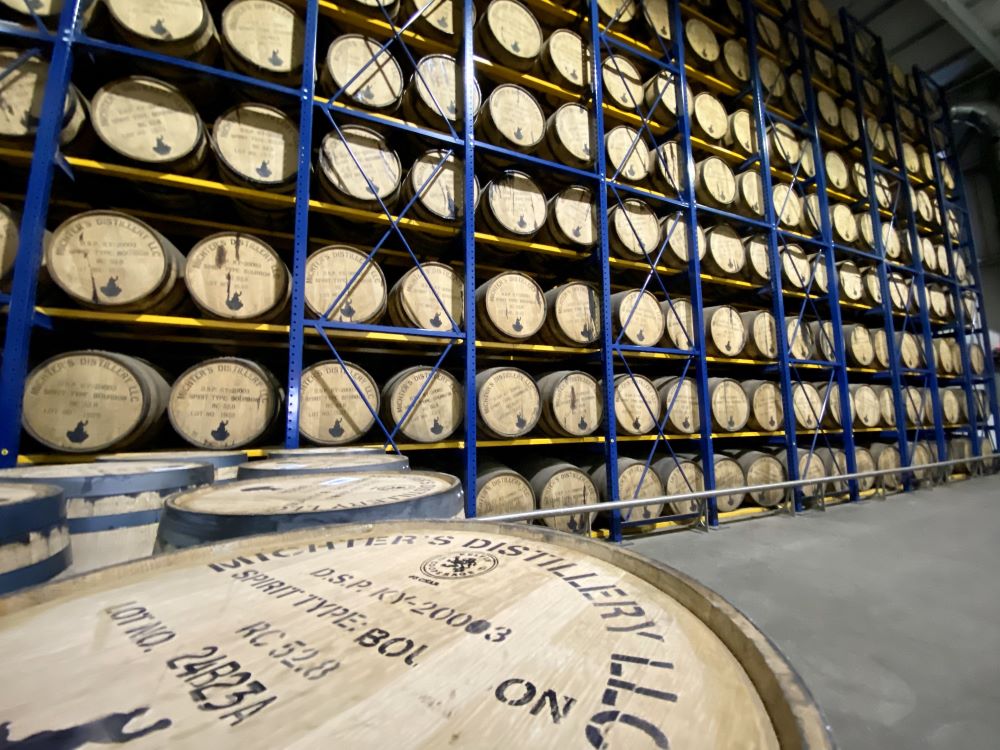Kentucky bourbon remains in a modern golden age. An ongoing spirits boom was supercharged during Covid, as consumers stuck at home joined whiskey social media groups and researched brands and bottles. Suddenly, everybody was an expert. Bourbon became a lifestyle.
Kentucky tourism has benefited greatly. Travelers now flock to Louisville, Bardstown and beyond for an in-person taste of the industry. Visiting this region has become the new Napa and Sonoma experience. Seeing the production, history and local culture of whiskey is as interesting to consumers as actually drinking it.
For instance, the continued growth of the Bourbon Classic. Among the larger whiskey festivals, with hundreds in attendance across multiple days, Bourbon Classic exposes attendees to local whiskey, culinary and cocktail producers. In a series of classes, the fest pulls back the curtain on numerous aspects of Kentucky bourbon. All whiskey fans should check out this yearly event.
So too do media receive a behind-the-scenes look into the industry. The Bourbon Classic annually hosts journalists on a tour of major distilleries, an invaluable way to see what’s going on at these leading facilities.
Buffalo Trace Distillery
Nowhere is as synonymous with the modern bourbon boom as Buffalo Trace. Bottles from this Sazerac distillery, even standard stuff, can hardly stay on shelves. Anything allocated is heavily sought after, and sometimes the source of enormous controversies over improperly handled products. Anyone who follows the secondary markets knows that BT bottles are the bread and butter of flippers.
Everybody wants Buffalo Trace. Luckily, the distillery is nearing the end of a $1.2-billion expansion that will double production at the Frankfort facility. A second still, the exact replica of its partner, is completed. Buffalo Trace currently runs the twin stills in cycles of 8 hours together, then alternating 8 hours apart.
Why? Remaining expansion must catch up. This includes two more boilers and eight fermenters not yet build. After purchasing a farm overlooking the facility years ago, Buffalo Trace recently erected 18 rickhouses up there. Around 12 more rickhouses are planned for an industrial park that the company bought in London, KY in late 2022.
Altogether this will let the distillery fill 2,400 barrels per day, up from the current pace of 1,200 to 1,500.
Growth also includes eye-popping tourism. The Frankfort visitor center/gift shop tripled in size during Covid. Good thing. After 450,000 people visited this distillery in 2022, a whopping 597,000 made the pilgrimage last year.
Elsewhere, innovations go on. An experimental line continues after producing the likes of Daniel Weller, and E.H. Taylor Amaranth and Four Grain. The latter, we were told, will return soon enough, once stocks come of age.
Additional experimentation happens in the cooler of Warehouse B, where barrels rest in a colder environment meant to slow aging. Eagle Rare 25, released last year, spent the end of its aging time here.

Heaven Hill Distillery
Following the general themes of this whiskey trip, expansion and premiumization continue apace at Heaven Hill Distillery. This leading producer recently opened a newly renovated $19-million visitor center that matches anything in California’s wine country. Also, the company is constructing two to three new rickhouses a year, while also tearing down and replacing older ones.
“Last year, my directive from [owner] Max Shapira was to make all of the bourbon that I could and then make a little bit more,” master distiller Conor O’Driscoll told a group of visiting journalists.
Heaven Hill has helped lead the charge in American whiskey premiumization. Top-shelf lines like Parker’s, Old Fitzgerald and Heritage Collection, plus innovations like Elijah Craig and Larceny Barrel Proof, have helped lift the entire industry up to new levels of quality and value. Expect more of the same moving forward.
“Turns out that we’re very good at extra-aged bourbons,” O’Driscoll said. “We want to talk about all the cool stuff that we do.” Hence why Elijah Craig Barrel Proof’s label recently changed to reveal each release’s exact age statement, down to the month. “We want to show these different age statements, 10, 11, 12, 13, 14, 15 years, showing all the great stuff that can come from the same mash bill.”
For those following the controversy around Elijah Craig Barrel Proof C923, we may have an answer. For the unfamiliar, this bottle — which deservedly landed atop many Best of 2023 lists — allegedly tasted different depending on the laser code on the back, which began with either A22 or A23. Were these two separate blends? “No,” answered O’Driscoll. “There was no difference between the laser codes. They were different bottling runs on different days.”
Same juice, but separate bottling runs on separate days. Is that the cause behind ECBP C923’s A22/A23 laser code debate? My suggestion is to try both bottles and let your palate decide.
James B. Beam Distilling Co.
Last year at Jim Beam, an off-hand comment hinted at a special, much-anticipated release in the future. This year, an overturned barrel poured cask strength for us confirmed the rumors: Booker’s Rye will return.
When? And at what age statement? These remain a mystery. “I don’t think they’ll let us go as long as the first one, which was 13 years old,” hinted co-master distiller Fred Noe.
The juice he and his team poured for us was five years old. How much more time does it need? I’m no Noe, but the barrel proof Booker’s rye we sipped was among the most rich, complex and memorable pours on a trip that included approximately 8,000 drams. Do not miss this release, whenever it is.
Elsewhere, the recently opened Fred B. Noe Distillery continues experimental projects. These include different flavoring malts and rye. “The global and national whiskey markets are always moving, so it’s all about being the first one there,” said co-master distiller Freddie Noe (Fred’s son). “We’re looking for a product that’s a standalone hit, or a piece of something else down the line.”
One experiment releasing in the near future is a double barreled whiskey finished in Worcestershire sauce, Freddie added.
Michter’s Distillery
To anyone who follows whiskey religiously, it should come as no surprise which media tour was the most impeccably choreographed and executed. Michter’s is the confluence of quality and consistency, the result of whiskey-making at the highest technical level.
Today this includes robots. Michter’s Shively facility, located in the historic distilling city of the same name, has incorporated robotic systems into the production line.
“We’re using robots for activities that are not as value-added,” said master of maturation and COO Andrea Wilson. For instance: Putting glasses on the bottling line, or packing cases onto a palate. “This gives us opportunity to use team members with skills for things we really value,” Wilson added. “We’re repurposing people from these areas onto other lines, such as our single barrel and specialty lines.”
Current construction includes an additional rickhouse, broken into two units that can both hold 20,000 barrels apiece. As for additional projects, “We have plans for expansion,” said president Joseph J. Magliocco, “but only if our quality remains the same.”
George Dickel
Naturally, we did not visit this brand’s Cascade Hollow Distilling plant, located about 250 miles south of Louisville in Tennessee. But master distiller and general manager Nicole Austin, among the brightest young minds in the industry, did lead a Dickel tasting at the Louisville Thoroughbred Society.
Tasting through a number of Dickel whiskeys, including the award-winning Bottled in Bond series, the question came up: What of the whiskey reviewers online who constantly criticize Dickel for its alleged waxy, Fruity Pebbles flavor?
“Mistakenly, people assume that our standard bottle is also the house style, as opposed to just a flavor in that standard bottle,” Austin said. “But that flavor only shows up intermittently in our other stocks.”
This is partly why she created the George Dickel 8 Year Bourbon, and Bottle in Bond series. (Austin told us she expected two BiB releases this year.)
“There are so many entrenched opinions about Dickel, so I wanted to create something that could change minds and, candidly, win awards,” Austin said. “I wanted to show people that we were one of the great heritage distilleries.”
“But it is very difficult to change people’s minds,” she added. “I would have thought that the general information around sourcing [like the popular Blue Note line] would have changed people’s minds. I assumed it would have bolstered Dickel’s reputation.”
Despite Austin’s palpable disappointment that some consumers still mistake one tasting note for an entire brand portfolio, there are signs of tides turning on whiskey social media.
On Connecticut Bourbon & Whiskey Enthusiasts, New England’s largest whiskey Facebook page with 5,300 members, a recent thread on Dickel revealed more positivity than not. “People hate on dickel without trying it because they read a stranger on the internet thought it tastes like flintstones vitamins. The bib is great,” wrote one user. “Don’t let other peoples opinions influence your decisions!” added another fan.
Yellowstone Bourbon
Yellowstone is another brand with roots in Kentucky’s legendary Beam family, under the helm of master distiller Stephen Beam. The brand itself dates back to 1872, passing through several hands in the subsequent century and a half. Today it’s owned by MGP, after the company acquired Luxco in 2021.
Whiskey drinkers typically think of Yellowstone for producing overperforming single barrel picks. Why does this distillery consistently put out SiBs that shine at their price point?
“Our single barrels come from older barrels, all column still, not a blend of column and pot like our other bourbons,” said Beam. Additionally, the tasting process for the picks is conducted blind, and at all proofs.
The brand also continues to experiment with different barrel finishes. “We try very hard every day to make the same whiskey, which is great, but also kind of boring,” Beam said. “I also like to get creative with things. When we first started here in 2010, finishing had a bad rap. Now, it’s all the rage.”

On the subject of all the rage, whiskey brand centers are multiplying across Kentucky. Literally next door to Yellowstone’s Limestone Branch Distillery — in the middle of nowhere in rural Lebanon, KY — rises the $240-million brand home of Jefferson’s Bourbon, under construction by Pernod Ricard.
Kentucky Peerless Distilling Co.
Like Yellowstone, Peerless also originated in a past century: 1881. The company was in and out of business before a fifth-generation descendent of the founder restarted the brand in 2014.
These days the brand has a big reputation for a smaller producer. Fewer than 30 people work at Peerless in Louisville, which fills only 10-12 barrels per day. There’s a one-story rickhouse onsite, and another of the same size offsite.
Peerless is best known for its Double Oaked, which is already back on allocation for 2024. Single barrels are also popular from this producer, which dedicates 10% of its annual output to the program. Plans do not call for expansion here quite yet, as Peerless eyes a future with increasing competition.
Including from former staff. Last summer, master distiller Caleb Kilburn and chief operating officer Cordell Lawrence both departed to form Eastern Light Distilling. With an investment of $143.7 million, this newly launched company in Morehead (about two hours east of Louisville) is part of the next big whiskey trend in Kentucky: An enormous explosion in contract distilling. (For more on this, see my follow-up piece in the weeks coming.)
What does all this mean for the Kentucky bourbon industry? Especially when you factor in reports that craft spirits sales have leveled off (albeit at a high number). Ask around the industry and the answer is: Let the good times roll. Foreign markets are opening up more to American whiskey, while waves of tourists pour into Kentucky, thirsty for bourbon and education. Follow whiskey social media, and every day somebody posts that they are new to whiskey and looking for recommendations.
Until these consumers trends shift — and there’s no imminent signs they will — the modern Kentucky bourbon boom will roll along for the foreseeable future.
Correction: A previous version of this article incorrectly listed the owner of Jefferson’s Bourbon. The brand is owned by Pernod Ricard.
Kyle Swartz is editor of Beverage Dynamics. Reach him at kswartz@epgmediallc.com. Read his recent pieces, Consumer Demand Drives Alcohol Shipping Growth and How Retailers Will Handle Allocated Whiskey in 2024.














